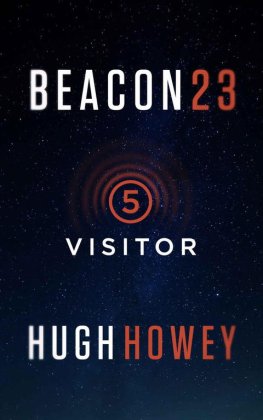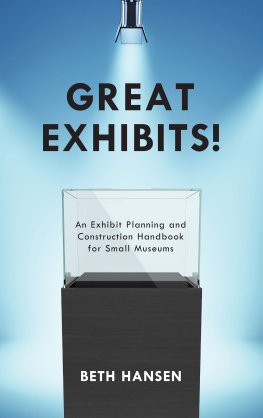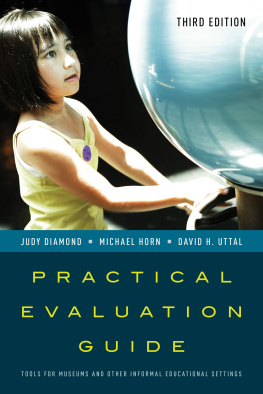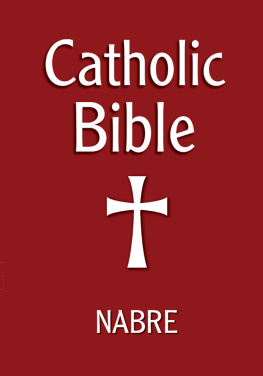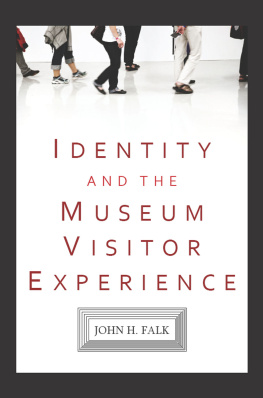Life is a series of experiencessome we want to repeat, and some wed like to forget. Perhaps things like this have happened to you:
You walked wearily through an endless hall in a natural-history museum, searching in vain for a bench.
You were having a great time at an art museums restaurantyou got wonderful food and warm service in a fun atmosphereand then you found a dirty bathroom with a cracked, drippy sink.
A salesclerks sour attitude ruined your experience in a national park store, even though they had fantastic merchandise.
Or maybe you sat down at a computer in a library to find a grimy keyboard and a sticky mouse.
Creating Great Visitor Experiences will help you sidestep pitfalls like these and instead create high-quality experiences that your visitors want to repeat. Your visitors have many other ways to spend their leisure time, so your experience must be unique and enjoyable. The nonprofit world is not immune to competition; getting and holding an audience is critical to a museum, park, or zoos financial health. Because people have so many choices, your site has to stand out from the pack by providing a sophisticated, meaningful, and memorable experience. The way to set yourself apart is to understand that, while you are a nonprofit, you are also in the business of creating and selling cultural experiences.
This book takes you step by step through the process of cultivating and maintaining the highest level of visitor satisfaction. I coined the term Experienceology to describe my approach, which combines elements of art, science, and common sense. Experienceology can be used to improve the quality of visitors experiences at any museum, park, science center, living-history site, garden, zoo, aquarium, or library.
Experience adds up
A good visitor experience helps you in two critical ways. First, since your goal is educating the public and serving your community, a positive experience supports learning. By helping to save and make you money, a good experience brings in additional revenue that can be used for public programs and other services.
Second, a crafted experience increases your potential for earning and generating revenue, allowing you to remain financially viable for years to come.
It costs five times more to attract a new visitor than to keep one you already have.
Why you need this book
To court your visitors
To improve your site
This book is intended for any informal learning site that serves the public. Experienceology applies to all kinds of museums and similar places. I will call the people who come through your doors visitors to keep it simple. At your institution you might call them guests, users, or patrons. Ill use the term site to describe your place of business. You might call it your museum, institution, park, heritage site, garden, library, or facility. Dont let the language get in the way.
After reading this book, you may decide to choose another term to describe your visitors. To some, the term visitor sets up an us vs. them mentality from the start, as they are only visiting your site. Some sites now prefer guest, a word most commonly used in the hospitality industry. Patrons is an old-fashioned library word that no longer reflects todays service-oriented libraries. And users has an unfortunate association with drugs. Whatever term you choose, its your attitude toward your visitors that counts, but Ill show you a few examples of how changing terminology can reflect a more visitor-centered approach.
Throughout this book well look at examples from a variety of museums and other businesses around the world. Some will be very similar to your own, others very different. All of them will give you ideas about howand how notto provide great experiences for your visitors.
From an education advocate to an experience advocate
Ive spent my career at the intersection between art and science. My background in film and design, combined with a degree in health education, gave me a unique perspective on nonprofit sites educational roles. Over the years I have acted as a liaison between content expertsdoctors, botanists, or scientistsand the public. I view myself as a translator, someone who distills the essence of material down into tasty bites of (correct) information that the public will enjoy. Over the years Ive been a passionate advocate for education and interpretation at the sites where Ive worked.




